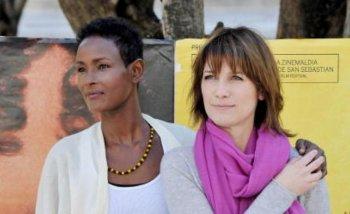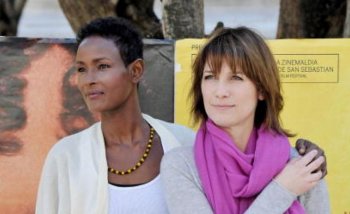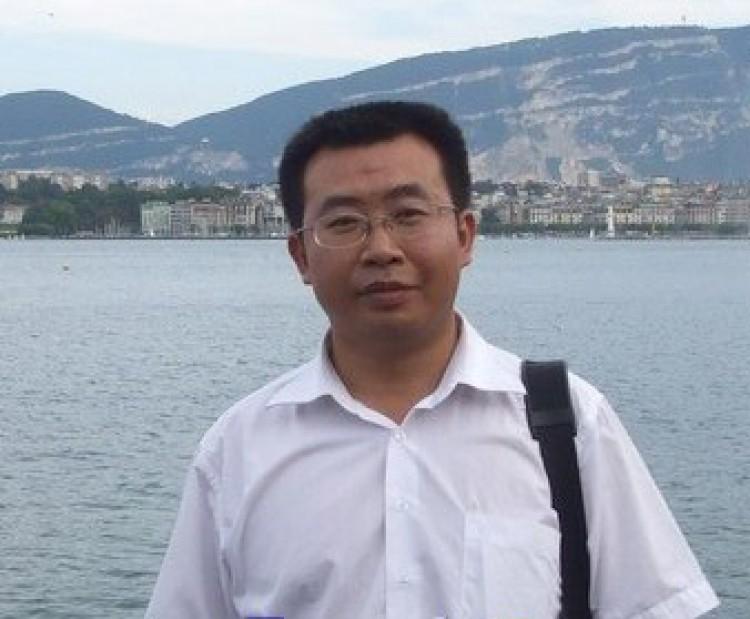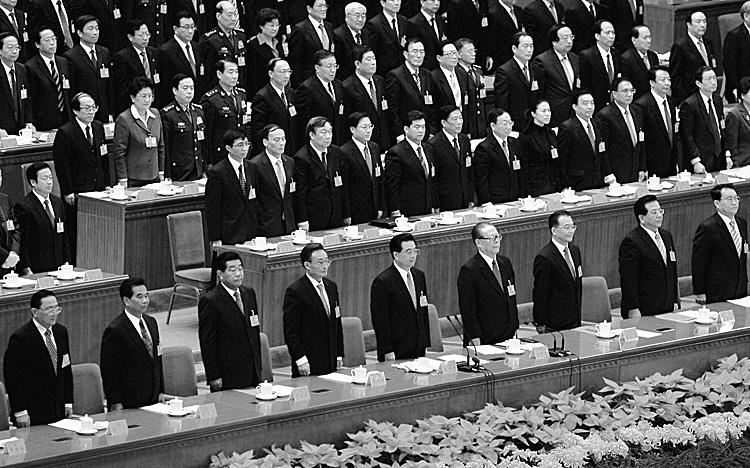BERLIN—When the famous fashion model walked into the studio, the reporter expected to hear an account of how a herdsman’s daughter from Somalia became a world-famous cover girl.
“What was the day that changed your life?” asked the reporter with a smile on her face. The model hesitated for a moment, and then told a story that would shock the world.
The above is a scene from Desert Flower, a nonfiction movie by German filmmaker Sherry Hormann, based on Somalian beauty Waris Dirie’s autobiographical bestseller of the same name.
“Desert Flower” tells the story of Dirie’s early life—from childhood in Somalia to her rise to become one of the world’s highest paid supermodels. In spite of her financial success, her childhood secret haunted her.
At the height of her career, she exposed a gruesome Somali tradition that she experienced as a young girl—female genital mutilation (also known as female genital cutting or female genital circumcision.)
Dirie decided to dedicate her life to stop this ritual, working with the United Nations as well as creating foundations of her own.
Recently, The Epoch Times caught up with the personable filmmaker and screenwriter Sherry Hormann to discuss transforming Dirie’s story for the big screen.
“What was the day that changed your life?” asked the reporter with a smile on her face. The model hesitated for a moment, and then told a story that would shock the world.
The above is a scene from Desert Flower, a nonfiction movie by German filmmaker Sherry Hormann, based on Somalian beauty Waris Dirie’s autobiographical bestseller of the same name.
“Desert Flower” tells the story of Dirie’s early life—from childhood in Somalia to her rise to become one of the world’s highest paid supermodels. In spite of her financial success, her childhood secret haunted her.
At the height of her career, she exposed a gruesome Somali tradition that she experienced as a young girl—female genital mutilation (also known as female genital cutting or female genital circumcision.)
Dirie decided to dedicate her life to stop this ritual, working with the United Nations as well as creating foundations of her own.
Recently, The Epoch Times caught up with the personable filmmaker and screenwriter Sherry Hormann to discuss transforming Dirie’s story for the big screen.





